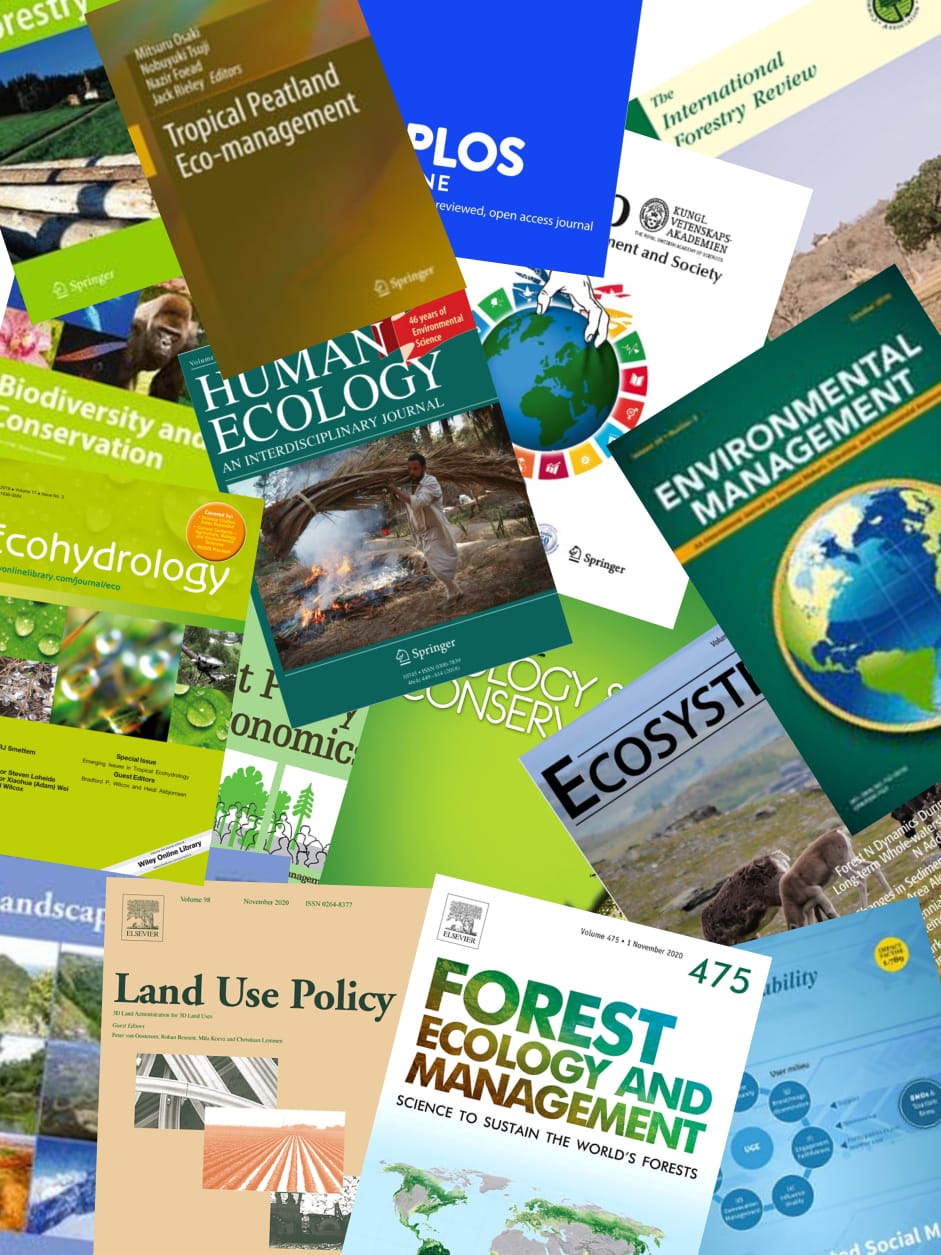AimA considerable proportion of the global savanna biome has been mis‐classified as forest, especially in Asia. However, the structure and responses of dominant tree species to fire can help to clarify this ambiguity. Here, we examine demographic structure and fire responses of four dominant tree species in a deciduous dipterocarp forest (DDF) of the continental Southeast Asia. We examine whether fire creates a tree‐recruitment bottleneck in the DDF, as in savannas on other continents.LocationYokDon National Park, Vietnam.TaxonDipterocarpus tuberculatus Roxb.; Dipterocarpus obtusifolius Teysm. ex Miq.; Shorea obtusa Wall. ex Blume; Shorea siamensis (Kurz) Miq.MethodsWe measured the size of all 8,288 individuals of the four dominant dipterocarp species in 12 pair study sites. We then applied fire treatments (burnt or unburnt) to the plots and monitored the survival and growth of juveniles five times over the subsequent growing season.ResultsAll four species showed clear indications of a recruitment bottleneck at the sapling stage. Almost all juveniles in the burnt plots suffered aboveground mortality, but 64% resprouted by the end of the following growing season. Compared to large juveniles, small juveniles had a significantly higher probability of aboveground mortality and a more limited ability to resprout. Within 3 months of fire, 43%–93% of individuals had resprouted, and they had recovered 67%–95% of their pre‐fire basal diameter and 43%–94% of their pre‐fire height. At the end of the post‐fire growing season, burnt juveniles experienced virtually no net increase in size; however, juveniles in unburnt plots attained up to 150% of their pre‐fire size.Main conclusionsThe four dominant tree species of the DDF show remarkable similarities in the demographic structures and fire‐responses with savanna tree species on other continents. Our results are consistent with the notion that the DDF is functionally similar to savannas on other continents. Fire appears to act as potent environmental filter of tree species composition in the DDF.
View source

